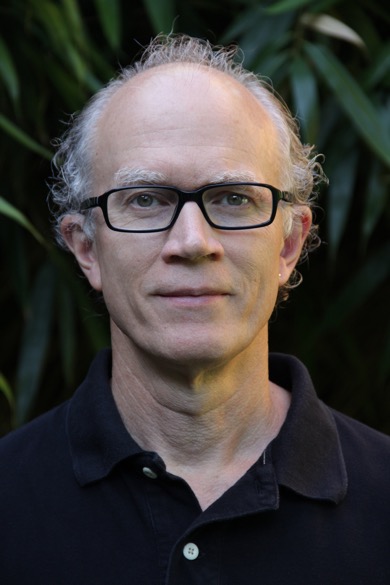The Role of Dream Images in Chinese Medicine
A 3-hour lecture and discussion with Bob Quinn, L.Ac.
The Yellow Emperor’s Classic of Internal Medicine is replete with statements about how various dream images pertain to each of the five phases, e.g., “When the Kidneys are in excess one dreams that the spine is detached from the body...when they are weak, one dreams of being immersed in water.” However no book, certainly not an ancient one, could contain all the images that might arise in our patients’ dreams. What if a car or a yacht or a Hollywood star appears in the dream? What is needed is a methodology—in this case “projective dreamwork” as taught by Jeremy Taylor—that is easily learned and deeply respectful of the patient’s lived experience, to tease out the Chinese medicine symbols in the dreams brought to us by our patients.
This exciting work helps us start to include the 1/3 of our patients’ lives, (the 8 hours of sleep time) which most practitioners are not currently considering. Bob Quinn has studied projective dreamwork with Jeremy Taylor since 1993. He will lay out the basics of this approach in a participatory manner.
About the Instructor

Bob Quinn, L.Ac., started his study of Western herbal medicine when he was in college in Oswego, NY. It was through this love of herbal medicine that Bob eventually came to acupuncture college. From the second month of his training he worked as a moxa assistant at IEP, a Chinese medicine HIV clinic. This is where his real education took place, and he discovered a love of working with the seriously, chronically ill. He continues that to this day with his focus on chronic Lyme disease.
After graduation in 1998, he quickly began his study of Japanese therapies in Seattle. In that program he studied Meridian Therapy, shonishin, Yin-Yang Channel Balancing, and Sotai. Bob’s approach to Sotai is greatly influenced by his studies in Feldenkrais and Trager therapies, making his way of Sotai a softer style.
Bob runs Portland Traditional Japanese Medicine Seminars, a company that brings masters from Japan to teach various Japanese styles of bodywork and acupuncture. Bob is also a devoted student of Projective Dreamwork and has brought this approach into his clinical encounters. Bob considers it one of his missions to reintroduce the use of dreams into the practice of Chinese medicine.